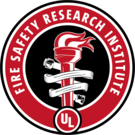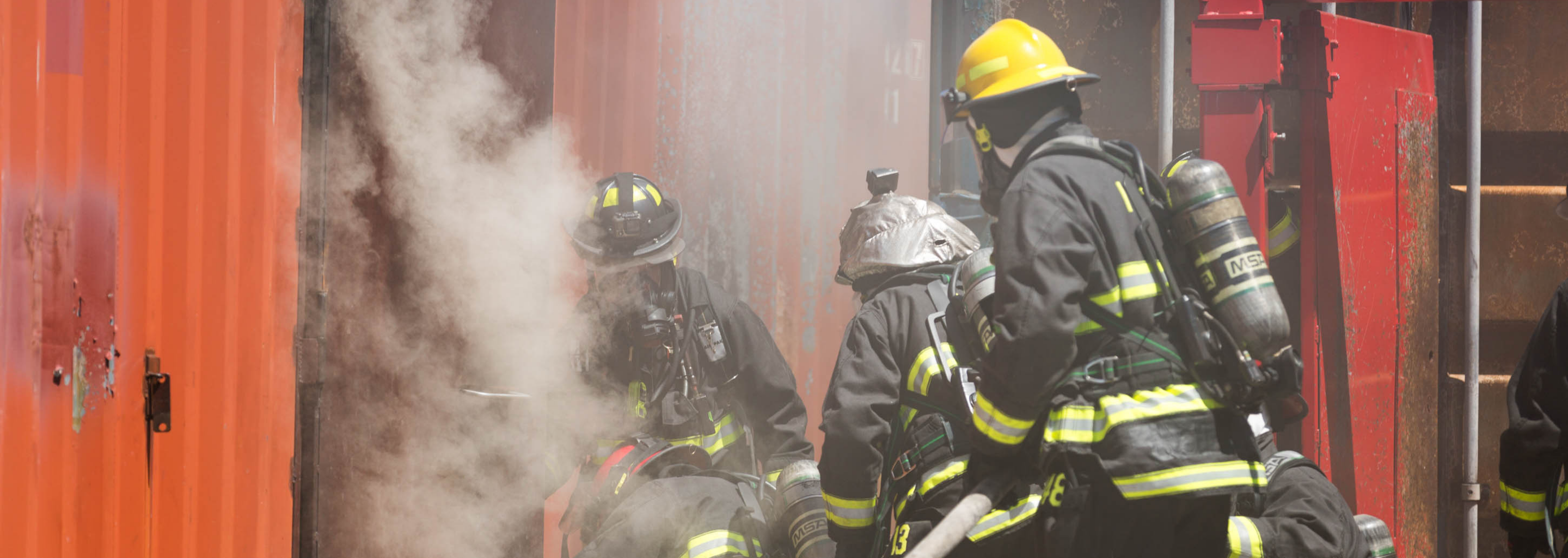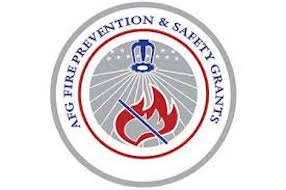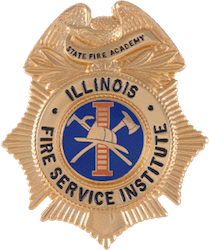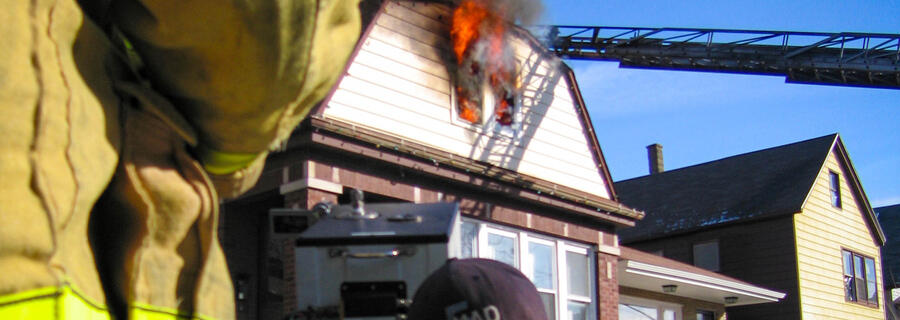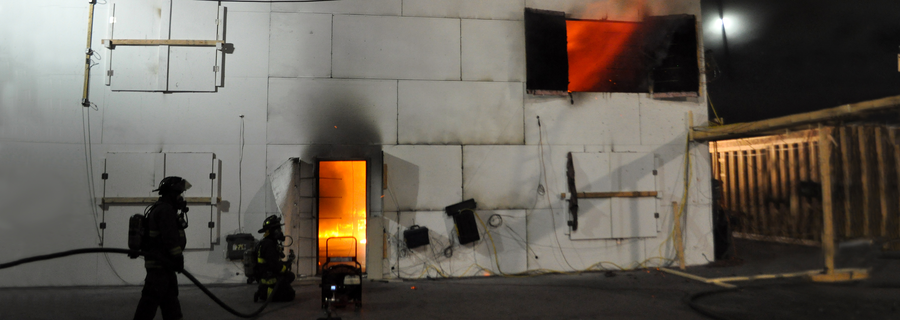While the Fire Service has become more aware of the cardiovascular and chemical exposure risks apparent on the fireground, it is also important to study firefighter training environments that may place firefighters at risk for cardiovascular events and cancer. For some firefighters, training fires may represent an important proportion of their live-fire responses. At the same time, changing fuels used in firefighter training (e.g. using engineered wood products such as OSB) must be evaluated to determine their impact on conditions, while the effectiveness of implementing control measures such as gross decon techniques after these events is still to be determined. Many believe that training fires are less hazardous than the fireground, without any supporting data.
The Illinois Fire Service Institute (IFSI), UL Firefighter Safety Research Institute (FSRI) and the National Institute for Occupational Safety and Health (NIOSH) teams reconvened much of the same data collection instrumentation used in the Cardiovascular and Chemical Exposure Risk on Today’s Fireground study, with firefighters responding to training scenarios similar to that utilized to prepare for single family fire responses. Coordinated Attack (suppression and search) in ranch style training structures constructed from concrete and steel materials were utilized with fuels including 1) pallet and straw, 2) pallet and OSB, and 3) theatrical smoke with digital (simulated) fire.
Data analysis is currently on-going to study the impact of different training environments on thermal strain, cardiovascular stress, and chemical exposures as well as comparing to the similar fireground data from the previous study. The three papers that have been published to date are included in the Project Resources. Check back frequently as there are more papers on the way and the new translation and training materials will be forthcoming.
The ultimate deliverable will be an educational toolkit that will make this critical new data immediately available for the fire service to utilize.
“This project will study some of the risks associated with training fires that use traditional wood-based fuel, as well as theatrical smoke and/or engineered wood products and compare this information to data from fires in buildings with typical household furnishings. This study will be the first of its kind to scientifically characterize and broadly disseminate the impacts of these environments on both firefighting students and fire instructors during the training and up to 3 hours after completion. Importantly, we will also examine firefighters’ PPE exposure to products of combustion and the effectiveness of cleaning procedures.”
— Gavin Horn, Research Engineer
Funding provided by: Department of Homeland Security, United States Fire Administration-Assistance to Firefighters Grant Program: Fire Prevention and Safety Grant (EMW-2014-FP-00590)
